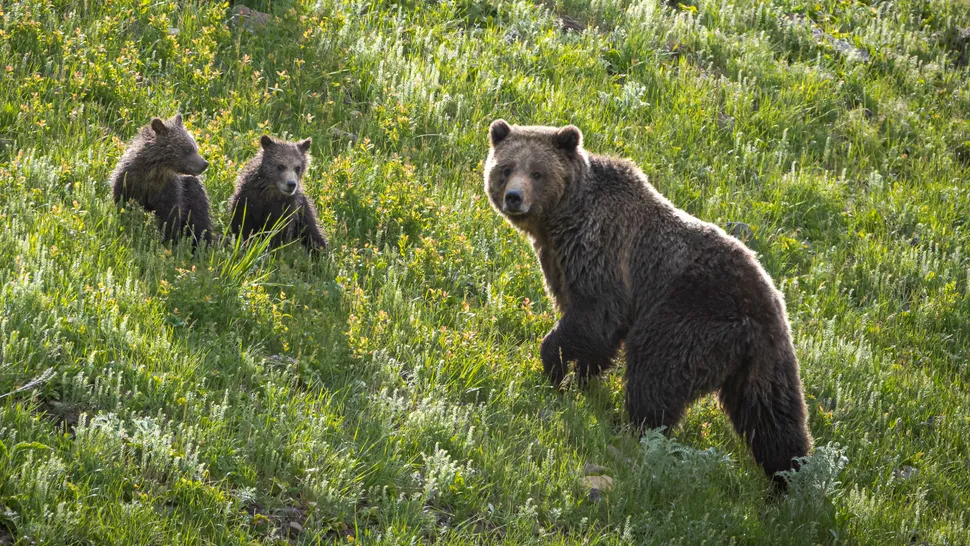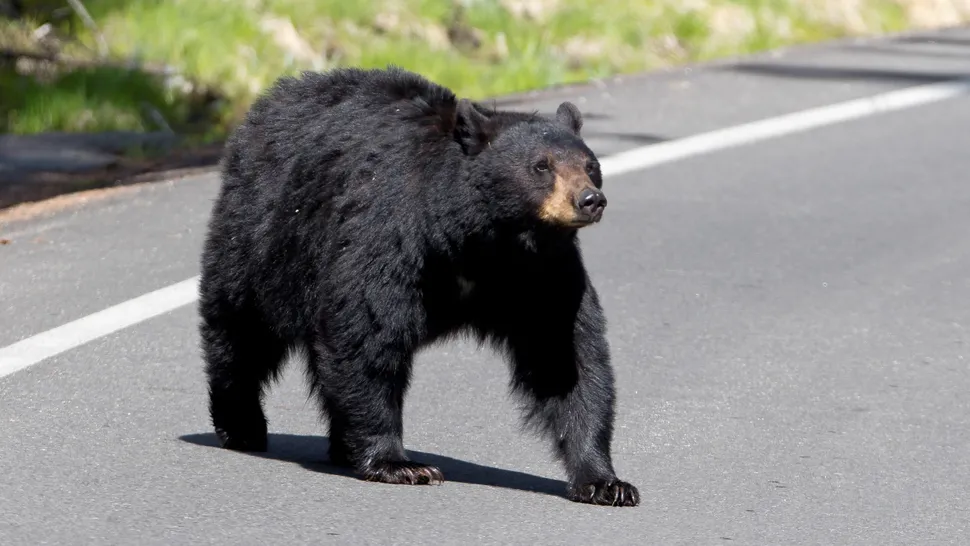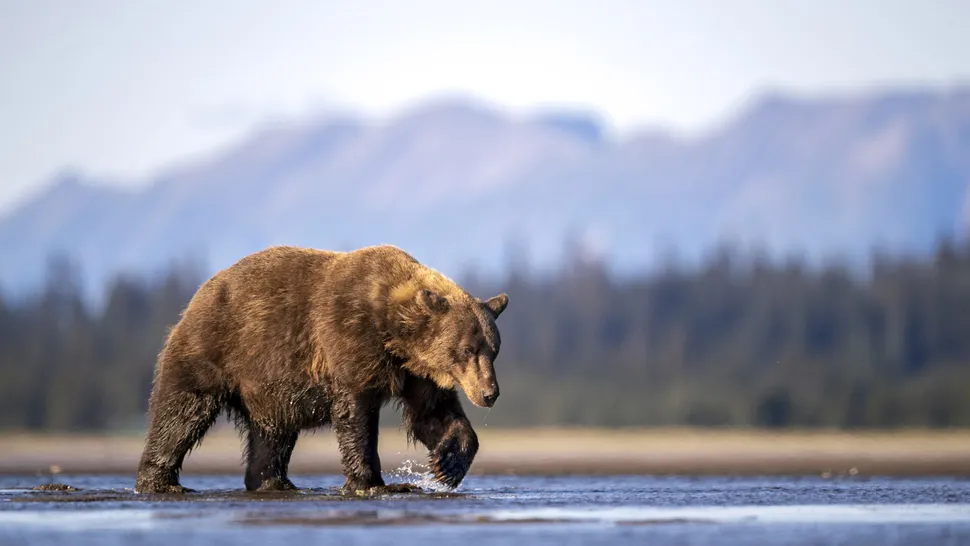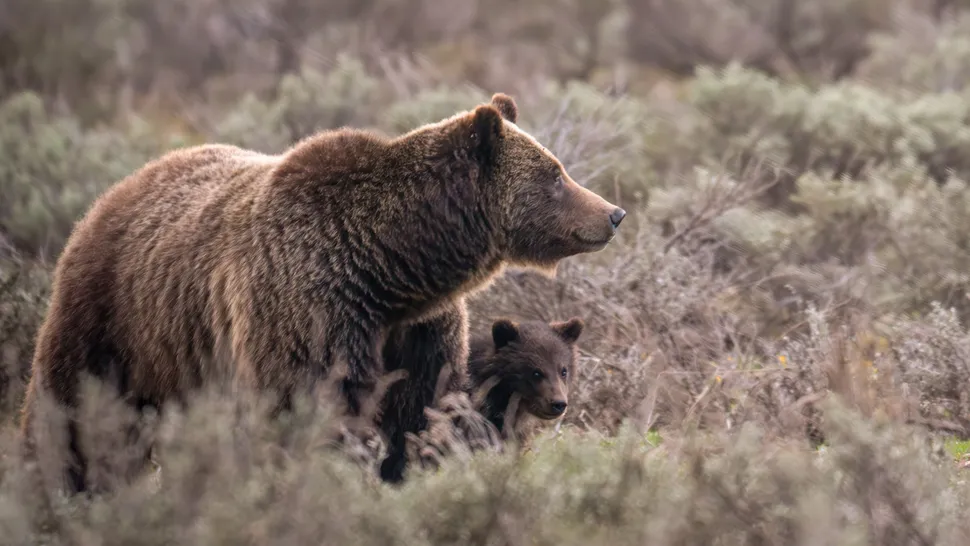Picture the scene. You’re driving through Lamar Valley in beautiful Yellowstone National Park when suddenly, a dark moving figure off to the side of the road catches your attention. A bear and her cubs!
There’s nowhere to pull off, but no way you’re missing out on this wildlife viewing opportunity, plus the two cars ahead have already pulled over. So you pull as close to the side of the road as you can and jump out without even lacing up your hiking boots to get a closer look.
Only a few minutes go by before there are dozens of cars half-parked on the road, their owners and passengers milling about trying to get the best shot, and a queue of gridlocked cars snaking a half mile in either direction. You’ve successfully created your first bear jam. And that’s a problem.

What is a bear jam?
Sadly, a bear jam doesn’t involve a bunch of bears shucking and jiving to some sweet tunes, though that would be cool. A non-technical term, “bear jam” is now frequently used by the National Parks Service to describe the increasingly common phenomenon of traffic jams forming around bears on the side of the road.
Now naturally, you should be driving through any National Park with caution, and if you see a bear on the side of the road, or a moose, bighorn sheep or any other big mammal for that matter, you should slow down.
A bear jam occurs when the flow of traffic becomes so slow as to impede other drivers, and often involves multiple cars stopping or illegally parking on the roadside in order to watch – or photograph – a bear.
Bear jams have become such a problem that some spots like Canada’s Yoho National Park have enacted temporary laws restricting stopping or slowing to view wildlife.
This article by Julia Clarke was first published by Advnture on 26 June 2024. Lead Image: No one expects you not to view bears at National Parks, but you must do so without obstructing traffic (Image credit: Getty).
What you can do
Help to save wildlife by donating as little as $1 – It only takes a minute.






Leave a Reply